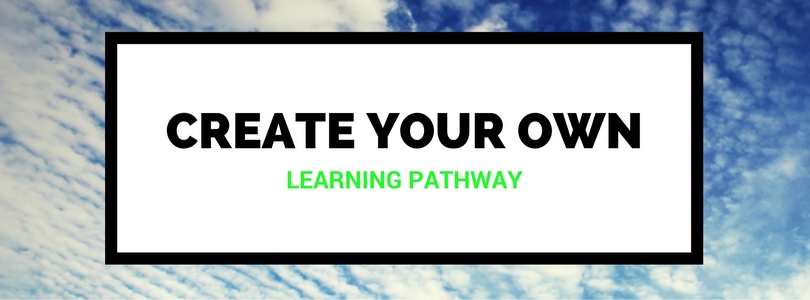MACIE from College of Education & Human Dev on Vimeo.
The word apprentice may carry the dusty sound of a medieval trade, but the concept is vibrantly modern. Apprenticeships have been a launching point for many famous careers. Alexander McQueen apprenticed with a Savile Row tailor on the road to becoming an international fashion designer. Sir Ian McKellen started his acting career by apprenticing with a theatre company decades before he donned cloak and staff as Gandalf. And Elvis Presley trained as an electrician’s apprentice before…well, ok, not all apprenticeships are steps along a direct path.
The definition of an apprentice is “a person who works for another in order to learn a trade.” And yes, that is the stated goal of an apprenticeship: to enter into the work place of an experienced practitioner to watch, learn, and engage in aspects of a trade. But there is another, equally important function of an apprenticeship that is only hinted at in the formal definition—the building of relationships, the establishing of ties, the nurturing of connections. And it is both of these facets of apprenticeship that we foster in MACIE.
As part of the MACIE degree program, students apprentice at a local enterprise that matches their career goals. If their future plans include developing or working for a non-profit, students can apprentice for a semester or more at a local non-profit organization, learning the importance of grants and community relations. If they plan to work as a teaching artist or start an after-school program for children, they can apprentice with an organization that works with area schools. If they intend to launch a start-up focused on children as creative learners, they can apprentice in a like-minded business. And if they want to work in schools as teacher leaders in the area of creative and innovative education, they can apprentice with area educators operating with similar goals.
These apprenticeships lay the ground for networks of relationships, ones designed to enrich not just the student but the larger community as well. But the learning-through-apprenticeship model of the MACIE program doesn’t stop there. The relationships and connections also include strong commitments by the faculty to the students in the program. Faculty see themselves as mentors, taking an active interest in the goals of their students and supporting their learning every step of the way. It’s one of the secrets of the trade: the joy of the job rests in supporting students as they strive to meet their goals.



